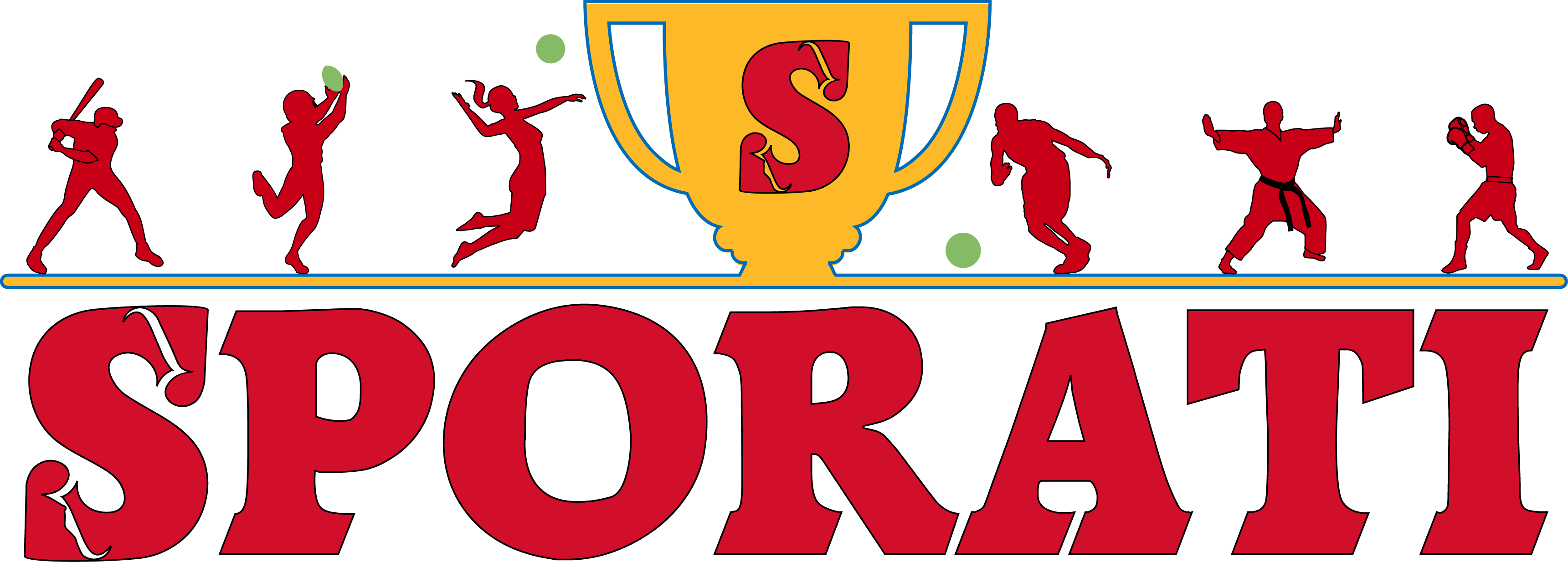Skeleton Milano 2026 Qualification
As the world hurtles towards the Milano-Cortina 2026 Winter Olympic Games, the skeleton race for qualification is onand it’s just as thrilling and jaw-dropping as the sport itself. For those unfamiliar with the skeleton, imagine racing down an icy track, headfirst, hitting speeds of up to 140 km/hit’s not for the faint-hearted! But how do athletes qualify to take on this exhilarating challenge at the grandest stage? Let’s dive in.
The Road to Milano-Cortina: A Qualification Overview
Skeleton athletes vying for an Olympic berth face a daunting task. The process is as competitive as the sport, designed to ensure that only the most elite sliders from around the globe make it to Milano-Cortina. Qualification doesn’t just depend on raw speed or techniquethere’s a blend of strategy, consistency, and international ranking in play.
With 3 eventsMen’s, Women’s, and Mixed Teamavailable in the skeleton discipline at the 2026 Winter Olympics, national teams will have to meet specific criteria to secure their spots. The International Bobsleigh and Skeleton Federation (IBSF) has laid out the framework for qualification, which incorporates global performance and representation.
Milano 2026 Skeleton Qualification Criteria
Here’s the crux of what’s required:
- Athletes must compete in IBSF-recognized events to build up points within the qualification period, which typically spans about one and a half years.
- A federation (representing a country) earns quota spots based on their athletes’ performance in these events. The higher an athlete’s ranking, the better the chance of securing a precious Olympic berth.
- Quota spots are gender-specific and determined separately for Men and Women. Notably, these aren’t assigned directly to athletes but to the federation.
- Each National Olympic Committee (NOC) can send a maximum of six athletes across the Men’s and Women’s events (three per gender).
- The allocation method prioritizes federations with athletes consistently performing in the top tier of the IBSF World Cup series.
Who Can Qualify? The Key Rules
The pathway to Milano-Cortina is underpinned by some rigid rules to maintain fairness, diversity, and excellence. These include:
Minimum Participation Requirements
All athletes must compete in a minimum number of IBSF-sanctioned races within the qualification window. This ensures that no athlete is a “wildcard,” and all are proven performers on the icy stage.
Point-Based Ranking System
Qualification is primarily based on individual performances in IBSF events, with the World Cup carrying the most weight, followed by events in the Intercontinental, European, and North American Cup circuits. Every race counts, and sliders must stay consistent to improve their ranking.
Encouraging Global Representation
As with many Winter Olympic events, skeleton promotes international participation. Reserving quota spots for nations outside traditional powerhouses like Germany, the USA, and Canada ensures a more diverse and inclusive Olympic field.
Spotlight on Skeleton Powerhouses
Let’s not beat around the bushcertain countries dominate the skeleton world. Germany continues to be the gold standard, leveraging both advanced technology in sled design and unrelenting athletic prowess. Meanwhile, the USA, Canada, and Great Britain have also carved their own icy legacy, with sliders like Amy Williams and Martins Dukurs becoming household sporting names.
However, the increased push for inclusivity means we could see an underdog story emerge from less represented countries. Skeleton is not just about top speeds, but also sheer bravery, which knows no borders.
What Makes Skeleton So Unique?
If you’ve ever watched skeleton, you’ll know it’s a heart-stopping spectaclebut what makes it so fascinating? First, there’s the headfirst dive at breakneck speed. Then there’s the athlete’s complete trust in their steering abilities (no brakes, remember?). Pair this with razor-thin marginsvictories often decided by millisecondsand you’ve got a formula for thrilling unpredictability.
Olympic qualification in skeleton reflects this intense drama. It’s not just a battle of physical stamina but also mental resilience. Athletes must continually push themselves during the qualification process, often racing week after week, across continents, in varying weather conditions. It’s a grind like no other.
Skeleton Qualification Timeline: Mark Your Calendar
The qualification period kicked off in Fall 2024 and will conclude in early January 2026. With just over a year to gather points and hit the right performances, every moment matters.
IBSF will release the final list of qualified nations and athletes shortly after the qualification window ends. Federations will then nominate their representatives for the Olympic Games, balancing rankings, talent, and team dynamics.
Wrapping Up: Eyes on the Ice
The countdown to Milano-Cortina 2026 has begun, and for skeleton athletes, the qualification chase is as thrilling as the race itself. In the coming months, we’ll see the world’s finest sliders battle for a coveted spot under the Olympic spotlight. Keep an eye on the IBSF circuitsrecords will be broken, new heroes will emerge, and, undoubtedly, drama will unfold. After all, that’s what makes the skeleton qualification journey so captivating.
So, buckle up (or not, if you’re a skeleton athlete) and hold your breathMilano-Cortina 2026 promises to be unforgettable!

